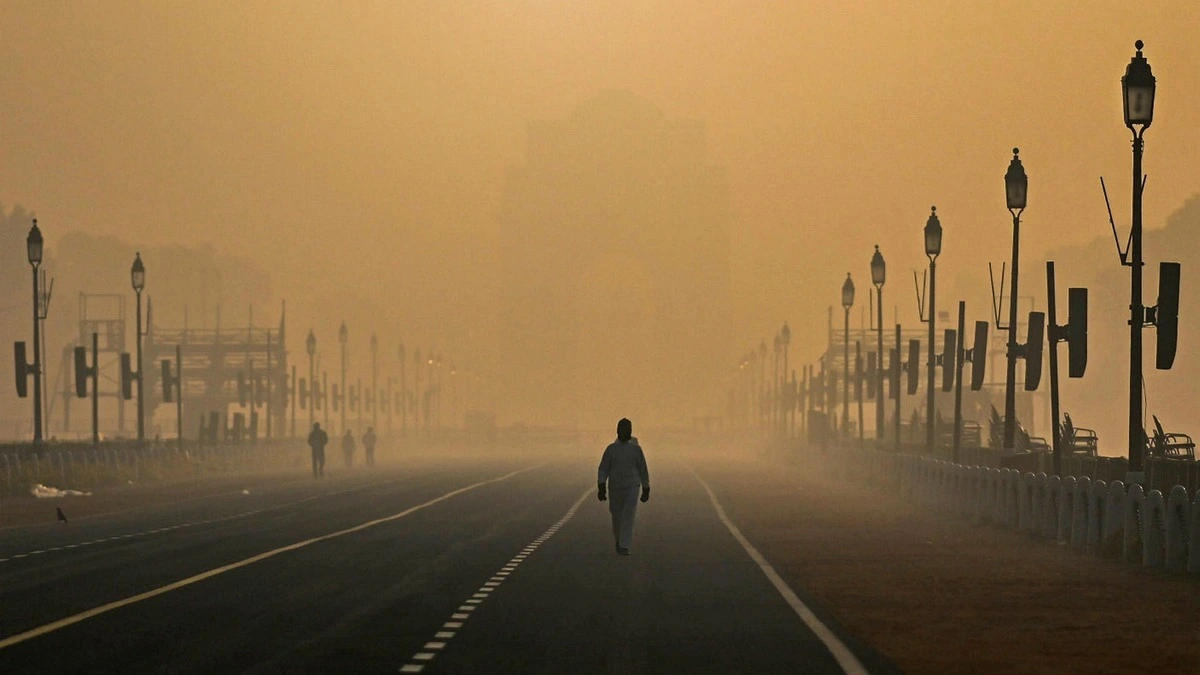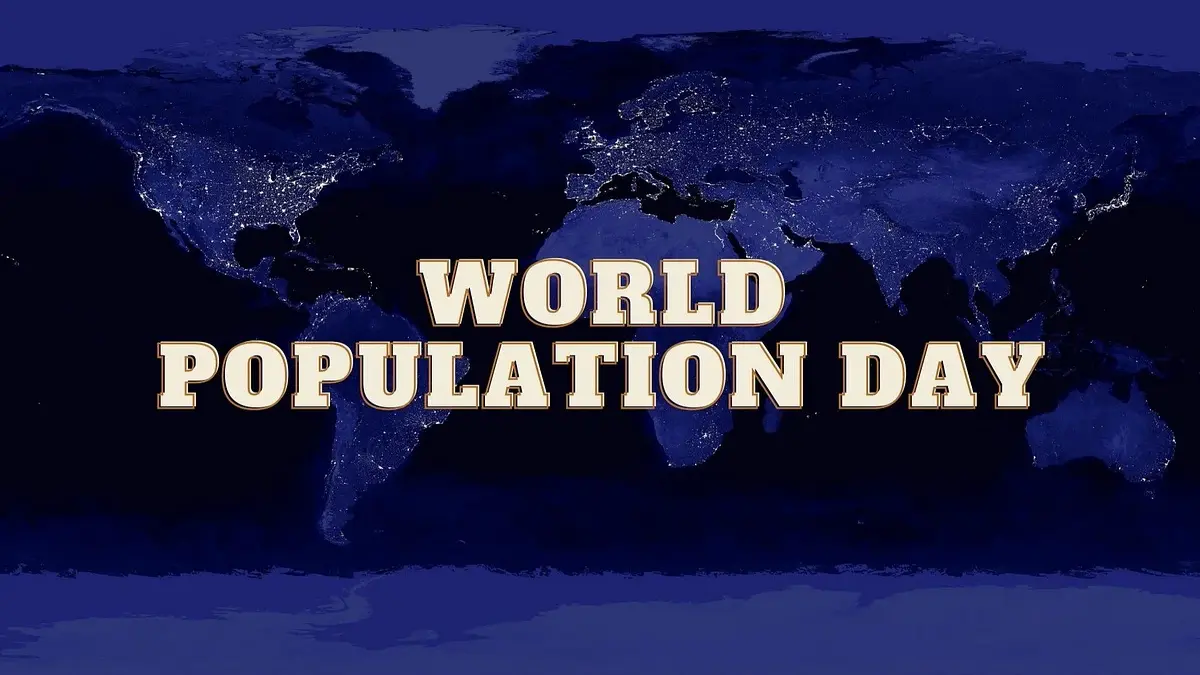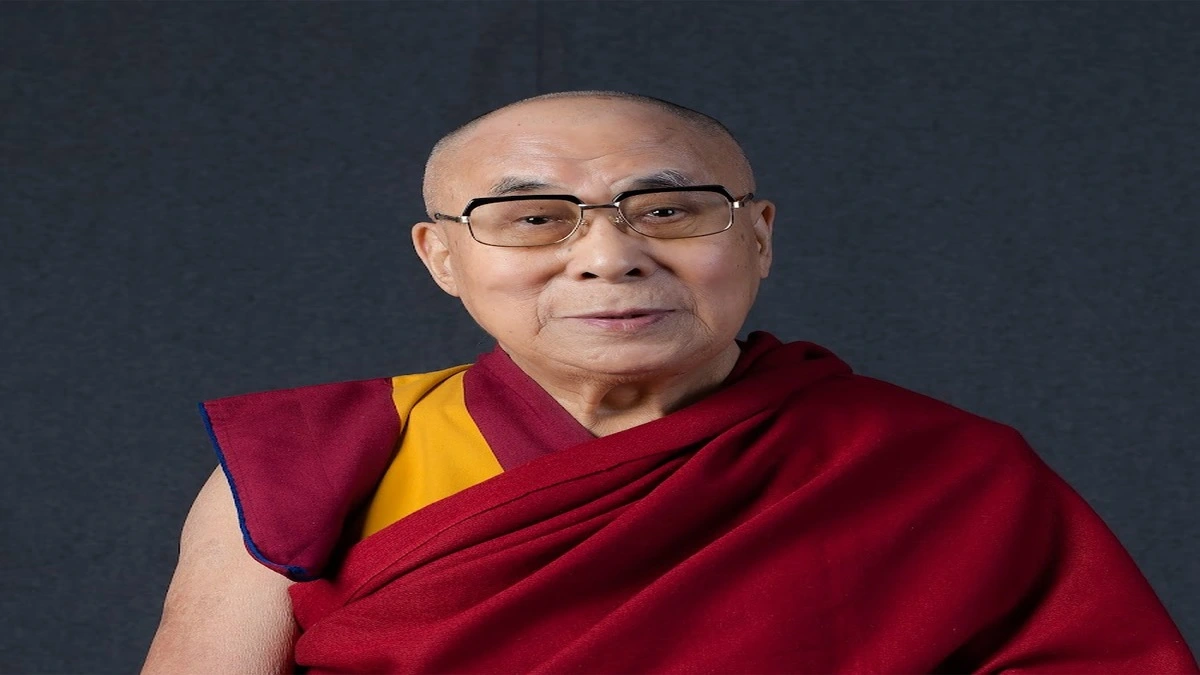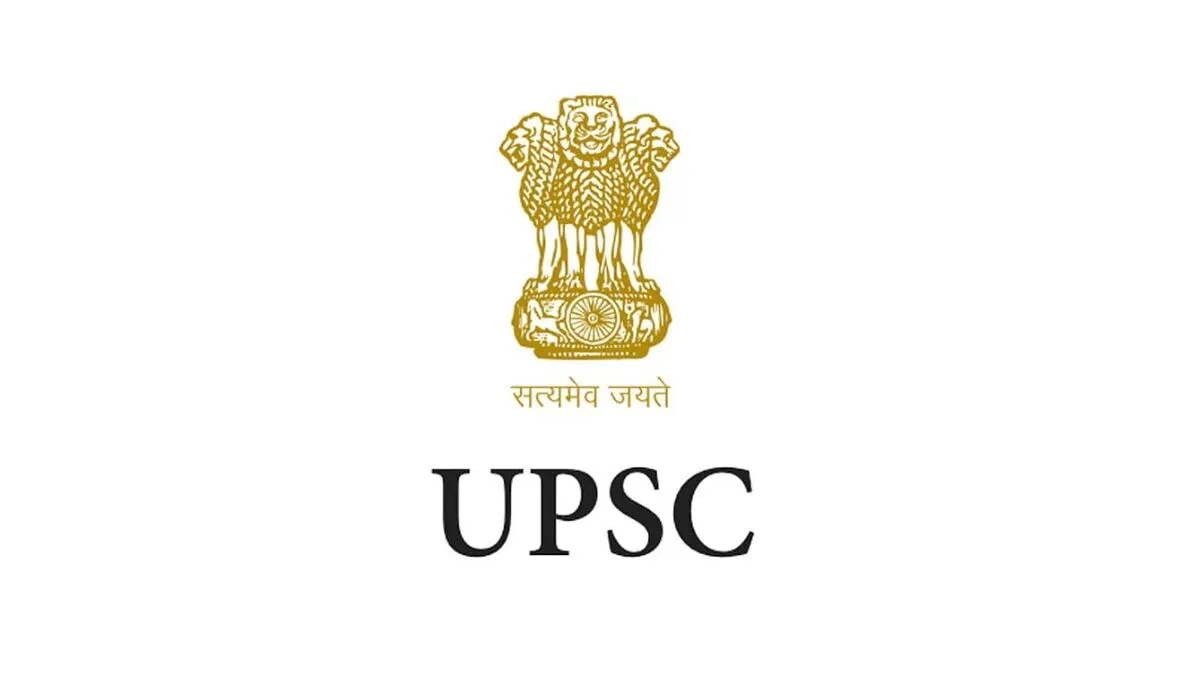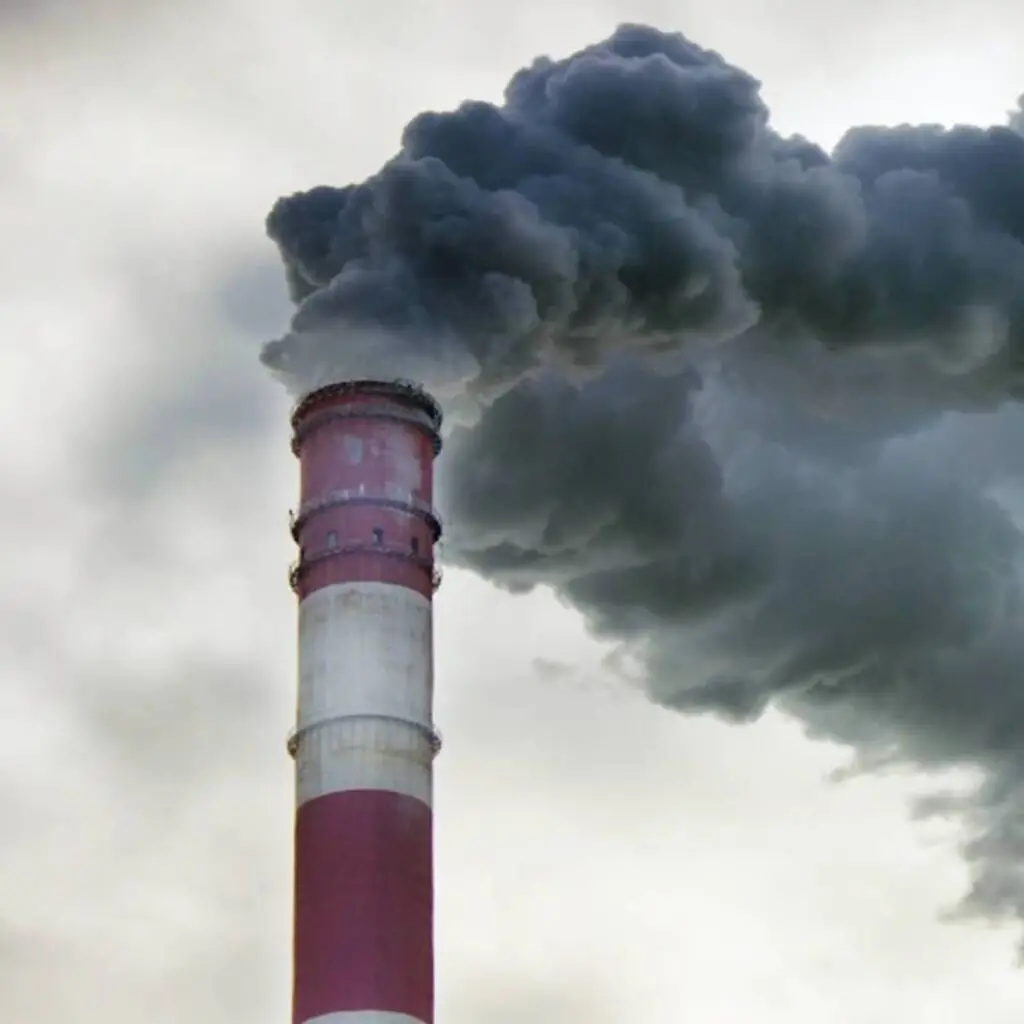
Air pollution has emerged as a pressing global concern, affecting the health and well-being of millions of people worldwide. In recent years, the city of Delhi in India has faced severe challenges in combating air pollution. This article explores the efforts made by the medical community in Delhi and sheds light on the path to environmental change. For UPSC aspirants seeking insights into this critical issue, understanding the interplay between medicine, policy, and public awareness is of utmost importance.
Table of Contents
1. Introduction: The Gravity of Air Pollution
Air pollution has reached alarming levels in many parts of the world, posing significant threats to human health and the environment. The detrimental effects of air pollution on respiratory and cardiovascular systems, as well as its association with various diseases, have been extensively studied. Delhi, the capital city of India, has been grappling with severe air pollution for several years, necessitating urgent action to safeguard public health and mitigate environmental damage.
2. The Impact of Pollution on Health
Air pollution is known to have detrimental effects on human health. The inhalation of fine particulate matter (PM2.5), volatile organic compounds (VOCs), and other pollutants can lead to respiratory ailments, cardiovascular diseases, and even premature death. The vulnerable sections of society, such as children, the elderly, and individuals with pre-existing health conditions, are particularly susceptible to the adverse effects of air pollution.
3. Delhi’s Battle Against Air Pollution: A Historical Perspective
Delhi has witnessed a steady deterioration in air quality over the years. The factors contributing to this problem include vehicular emissions, industrial pollution, construction activities, and the burning of crop residues in neighboring states. Recognizing the urgency, various stakeholders have come together to address this issue comprehensively.
4. The Role of Medical Professionals in Tackling Air Pollution
Medical professionals play a pivotal role in understanding and addressing the health implications of air pollution. They conduct research, monitor air quality, and provide guidance to policymakers and the public. Additionally, healthcare practitioners educate patients about preventive measures and raise awareness about the importance of clean air for overall well-being.
5. Promoting Public Awareness and Education

Raising public awareness is crucial in combating air pollution. Educational campaigns, workshops, and community engagement initiatives can empower individuals to take proactive measures to reduce pollution levels. By disseminating accurate information about the health risks associated with poor air quality, the general public can make informed decisions to protect themselves and contribute to environmental change.
6. Government Policies and Interventions
Government policies and interventions play a vital role in curbing air pollution. Delhi has implemented several measures, such as the Odd-Even scheme, which restricts the use of private vehicles on alternate days based on the license plate number. Additionally, the government has encouraged the adoption of cleaner fuels, improved public transportation, and enforced stricter regulations on industrial emissions.
7. Collaborative Efforts for Environmental Change
Addressing air pollution requires collaborative efforts from all stakeholders. Governments, non-governmental organizations (NGOs), medical professionals, and citizens must work together to formulate and implement effective strategies. Collaborations between healthcare institutions, research organizations, and policymakers can lead to innovative solutions and drive sustainable change.
8. Technological Innovations for Cleaner Air
Technological advancements offer promising solutions for combating air pollution. From air purifiers and advanced filtration systems to emission control technologies, innovation plays a crucial role in improving air quality. Embracing cleaner and renewable energy sources, such as solar and wind power, can further contribute to reducing pollution levels and promoting a sustainable future.
9. The Role of Urban Planning and Infrastructure
Efficient urban planning and infrastructure development can contribute significantly to reducing air pollution. Well-designed cities with adequate green spaces, efficient waste management systems, and sustainable transportation options can mitigate pollution and enhance the quality of life for residents. Integration of environmental considerations into urban planning is essential for creating healthier and more sustainable communities.
10. International Best Practices and Lessons Learned
Learning from successful initiatives in other parts of the world can provide valuable insights for tackling air pollution. Countries like Sweden, Denmark, and Singapore have implemented effective policies and technologies to combat pollution and improve air quality. Studying these best practices can inspire and inform strategies that can be adapted to the unique challenges faced by Delhi and other regions.
11. The Way Forward: Sustainable Solutions
To combat air pollution effectively, a multi-faceted and sustainable approach is required. This includes stricter enforcement of regulations, promotion of renewable energy sources, investment in research and development, and long-term planning to ensure the well-being of present and future generations. Public participation, education, and awareness are crucial components of fostering a culture of environmental responsibility.
12. Conclusion
The battle against air pollution in Delhi necessitates concerted efforts from all sectors of society. By recognizing the gravity of the issue and actively engaging in solutions, individuals, medical professionals, policymakers, and the public can work together to mitigate air pollution and create a healthier environment. It is imperative that the momentum towards sustainable change continues, with a focus on innovation, collaboration, and informed decision-making.
13. FAQs
1. What are the main sources of air pollution in Delhi?
The main sources of air pollution in Delhi include vehicular emissions, industrial pollution, construction activities, and the burning of crop residues in neighboring states.
2. How does air pollution affect human health?
Air pollution can have adverse effects on respiratory and cardiovascular systems, leading to respiratory ailments, cardiovascular diseases, and even premature death. Certain groups, such as children, the elderly, and individuals with pre-existing health conditions, are particularly vulnerable.
3. What role do medical professionals play in combating air pollution?
Medical professionals conduct research, monitor air quality, provide guidance to policymakers, and educate the public about the health risks associated with air pollution. They also play a crucial role in treating patients affected by pollution-related illnesses.
4. What are some effective measures to reduce air pollution?
Effective measures to reduce air pollution include promoting cleaner fuels, improving public transportation, enforcing stricter regulations on industrial emissions, and adopting technological innovations for cleaner air.
5. How can individuals contribute to combating air pollution?
Individuals can contribute by using public transportation, carpooling, reducing energy consumption, planting trees, and raising awareness about the importance of clean air. Small lifestyle changes can have a significant impact when multiplied by a collective effort.
GET MORE INFO- Rath Yatra at Shree Jagannatha Temple Puri: A Spectacular Hindu Festival and Its Relevance for UPSC Aspirants







